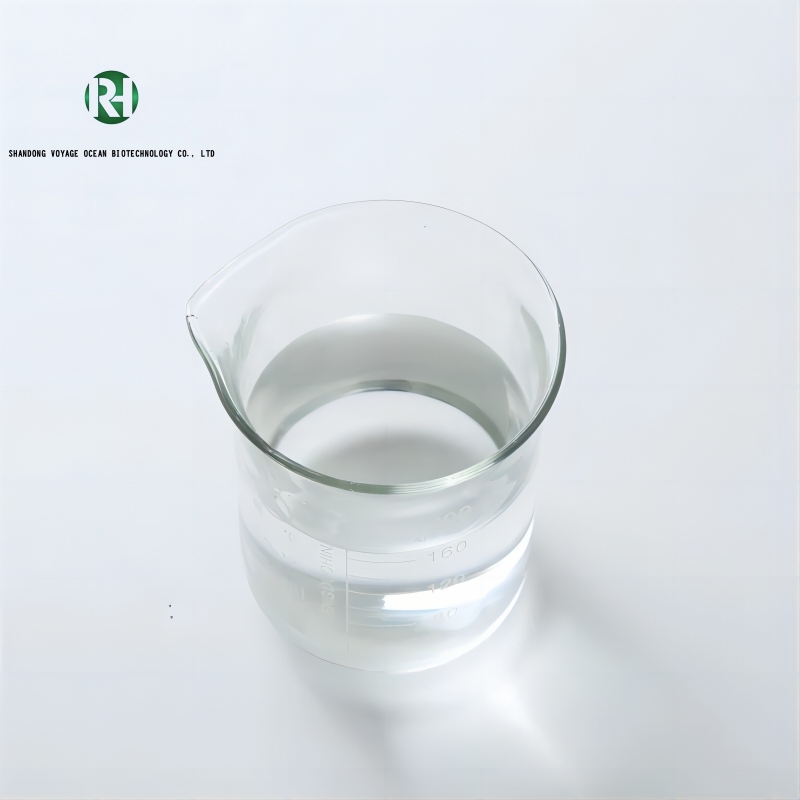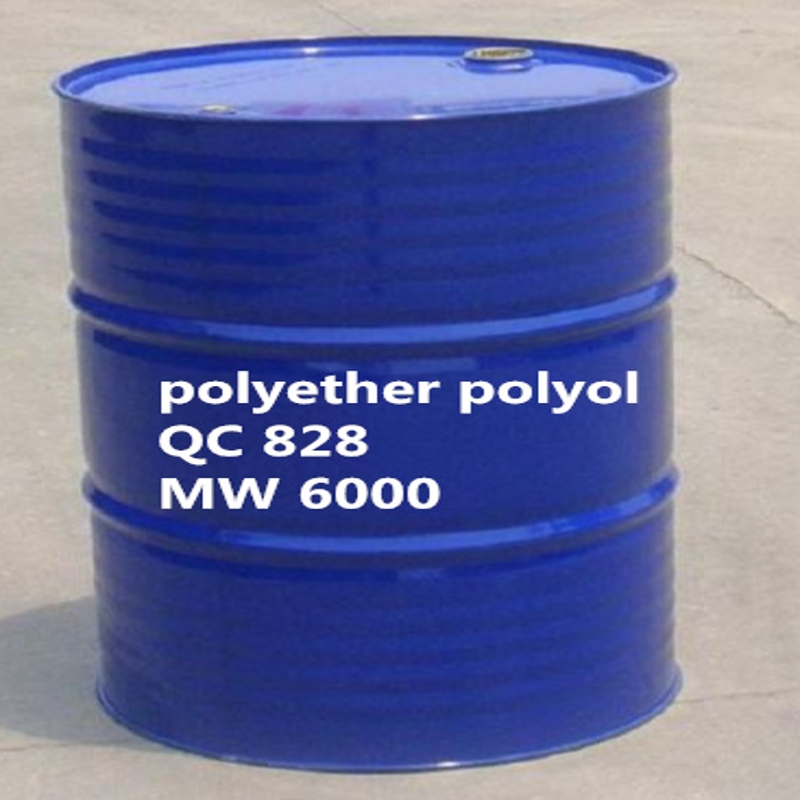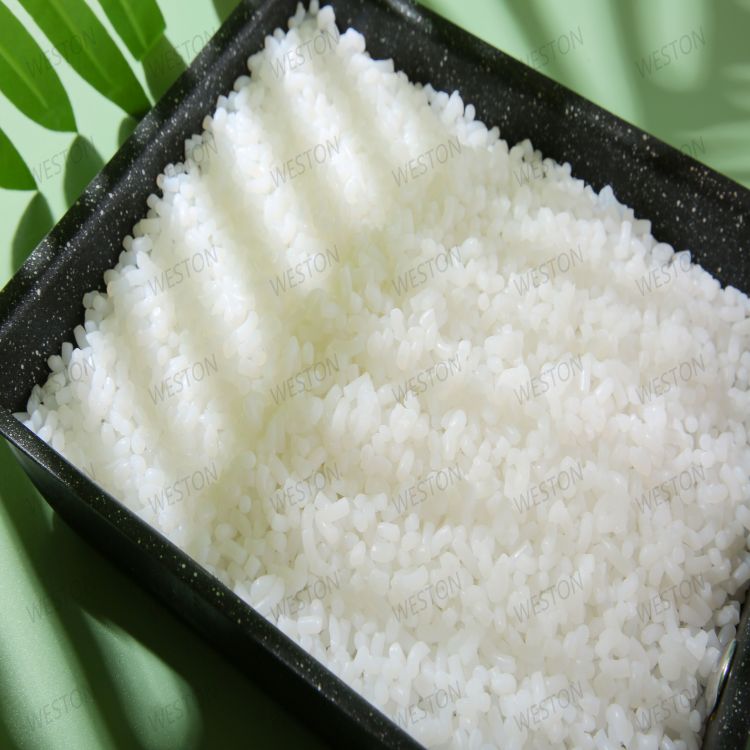-
Categories
-
Pharmaceutical Intermediates
-
Active Pharmaceutical Ingredients
-
Food Additives
- Industrial Coatings
- Agrochemicals
- Dyes and Pigments
- Surfactant
- Flavors and Fragrances
- Chemical Reagents
- Catalyst and Auxiliary
- Natural Products
- Inorganic Chemistry
-
Organic Chemistry
-
Biochemical Engineering
- Analytical Chemistry
- Cosmetic Ingredient
-
Pharmaceutical Intermediates
Promotion
ECHEMI Mall
Wholesale
Weekly Price
Exhibition
News
-
Trade Service
Six, analysis and testing
(1) Reference conditions of gas chromatography (for reference only, can be adjusted appropriately according to the actual instrument)
Injection port temperature: 230℃; sampling mode: split injection, split ratio: 10:1; constant pressure mode: flow rate 1.
FPD detector temperature: 260℃
Gas flow rate: hydrogen 80mL/min; air 120mL/min
(2) Calibration curve
Prepare a standard series of more than 5 points (such as 100ug/L, 150uL/L, 250ug/L, 450ug/L, 900ug/L) that meets the instrument's detection limit, linear range and actual sample mass concentration, diluted with n-hexane , external standard method For quantification, refer to Table 3-4 for the retention time of each compound obtained under reference instrument conditions
Table 3-4 Retention time
7.
(1) Qualitative target compound
Qualitatively based on the retention time of each component of the standard material
(2) Quantitative calculation
1.
The target compound is quantified by an external standard method, and the mass concentration of the target compound ρ (ug/L) in the leachate is calculated according to formula (1)
ρ=ρx (Vx/Vi) (1)
Where ρ x ——the mass concentration of the target compound calculated from the calibration curve, ug/L;
V x —Concentrated constant volume of the extract, mL;
V i — sampling volume of leaching solution, mL
2.
The target compound is quantified by the external standard method, and the content of the target compound in the solid waste ①w (ug/kg) is calculated according to formula (2)
Where ρg——the mass concentration of the target compound calculated from the calibration curve, ug/L;
V x —Concentrated constant volume of the extract, mL;
m x ——the mass of solid waste sample (wet weight), g
8.
(1) Calibration curve
Use the linear fitting curve to calibrate, the correlation coefficient should be greater than or equal to 0.
(2) Calibration verification
Before analyzing each batch of samples (up to 10 samples), check the calibration curve with the mass concentration at the middle point of the calibration curve.
(Three) blank
Each batch of samples (up to 10 samples) should be a laboratory blank, and the mass concentration of the target compound in the experimental blank should be less than the detection limit of the method
.
(4) Parallel sample determination
Each batch of samples (up to 10 samples) should be subjected to at least one parallel determination, and the relative deviation of the parallel sample determination results should be within 30%
.
(5) Standard addition of actual samples
Each batch of samples (up to 10 samples) should be spiked with actual samples at least once, and the spike recovery rate should be between 50% and 140%
.
Nine, matters needing attention
(1) The sampling amount of the leaching solution can be appropriately reduced according to the weight of the target, and the leaching solution should be taken immediately
.
(2) The emulsification of the extract can be broken by mechanical separation or centrifugation
.
(3) The solvents and reagents used in the experiment have certain toxicity.
Therefore, the sample pretreatment process should be carried out in a fume hood, and the operator should do his own protection work
.
(4) Rotary evaporation should not be too fast during concentration, and the vacuum degree should not be too low, otherwise it will affect the recovery rate of organic phosphorus
.
(5) Double columns should be used for qualitative analysis of detected samples, and the accuracy of the results should be judged based on the recovery rate of standard addition
.







